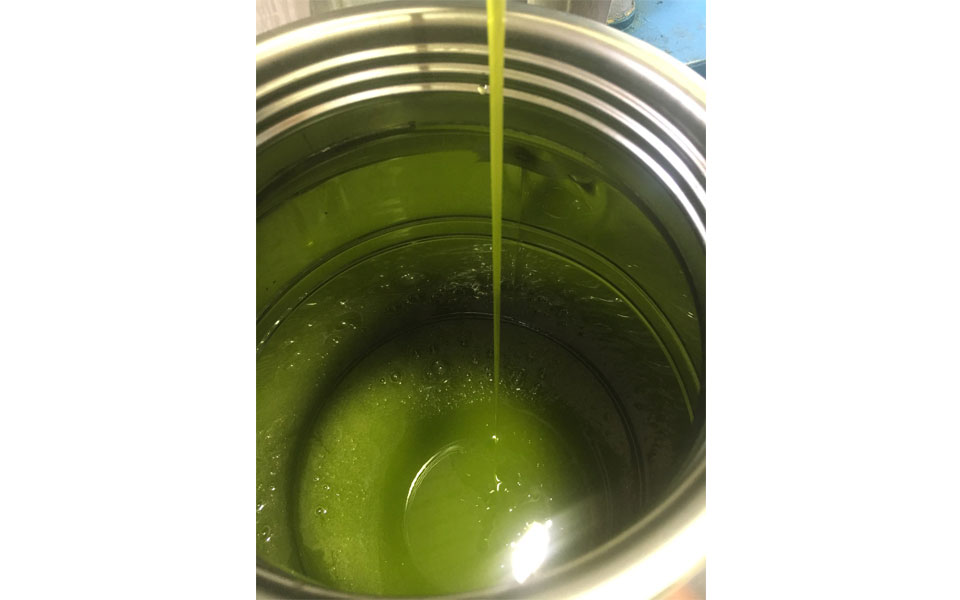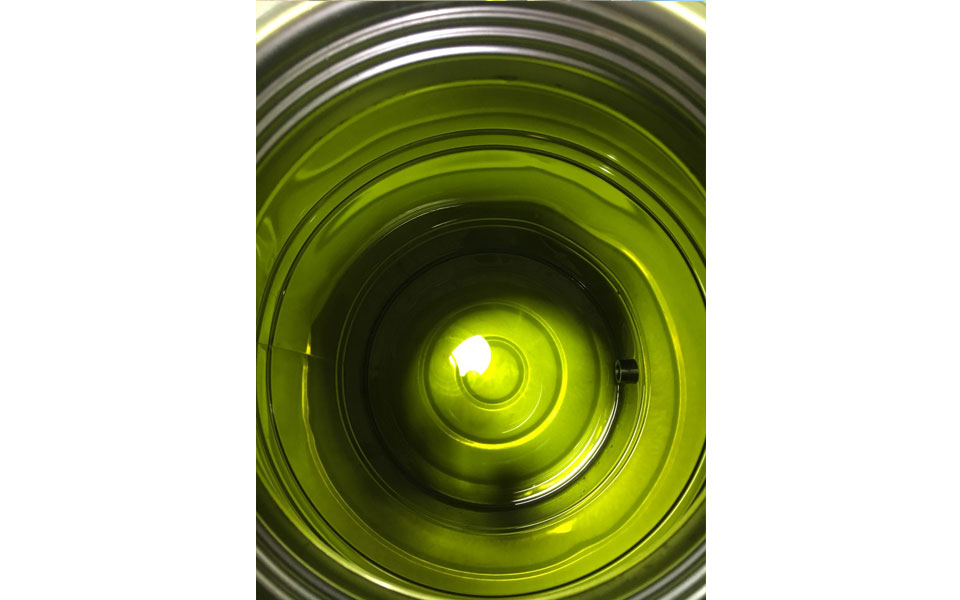

The polyphenols contained in olive oil include hydroxytyrosol, tyrosol, oleacein, oleuropain, oleocanthal and others.
Polyphenols are a natural part of olive oil and they act as antioxidants protecting the oil from spoiling when affected by oxygen and sunlight. As a result, olive oil with a high polyphenol content is endowed with a high degree of protection and hence long life. Consequently its consumption protects the human organism from oxidization damage.


There is a direct correlation between phenol content and the taste of olive oil. A phenol content of between 70 and 250 ppm lends the oil a pleasant sweet fruity taste while that of 250 to 450 ppm gives the oil a more pronounced fruity taste which is slightly bitter. Olive oil with phenol content above 450 ppm gains the characteristic strong bitter taste. BITTER IS BETTER!
According to the European directive 432/2012 issued by the European Food Safety Authority the producer can attach the coveted Health Claim label to his product only if the oil contains at least 250mg/kg polyphenols. It means, that in 20g of olive oil (1 tbsp ) must be more than 5mg polyphenols.
In addition, the label should inform the consumer that the beneficial effect of the oil can only be achieved if he takes in at least 20 g of olive oil per day. The phenol content per 100g of oil should also be included.